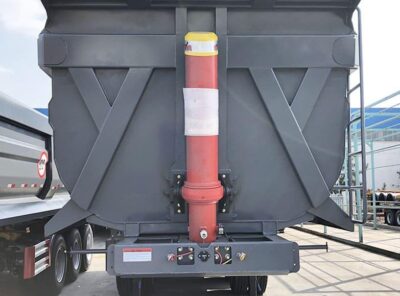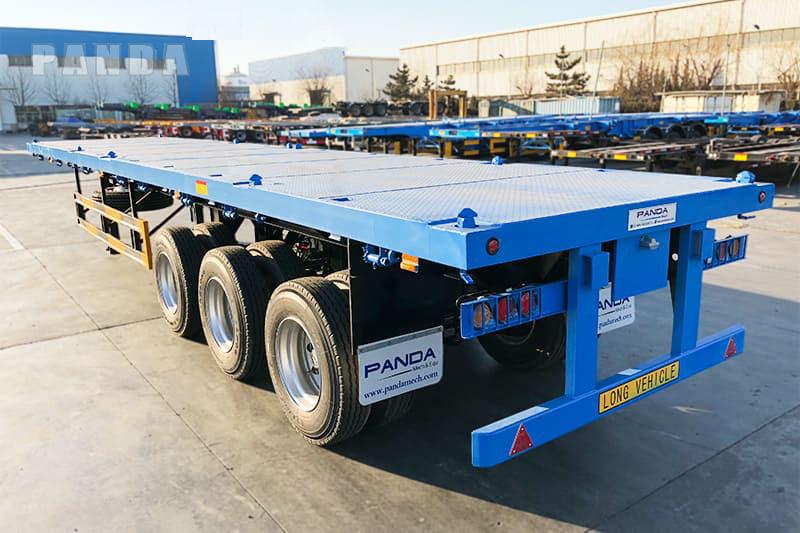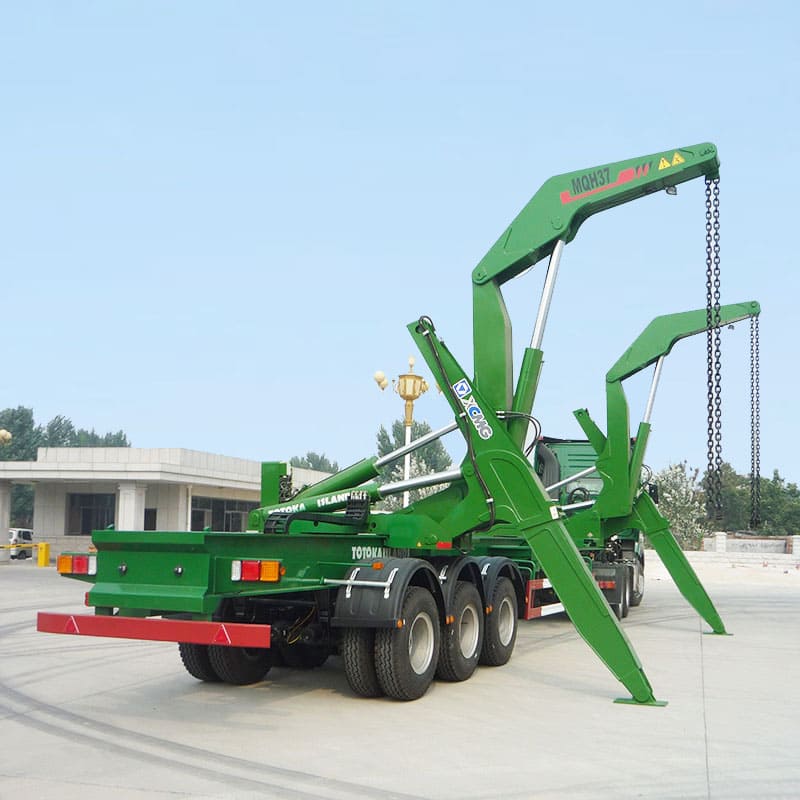Coal transportation generally has 5 kinds, respectively are truck transportation, railway transportation, barge transportation, conveyor transportation, and mud pipeline transportation. In the following article, we will describe in detail the five modes of coal transportation.
Coal is an important source of energy in any country. It can be used to generate electricity and heat. Coal is commonly used for industrial purposes, such as iron mills, steel mills, fertilizers, and chemical products.
How to transport coal?
- Transportation by truck;
- Railway transportation;
- Barge transport;
- Conveyer transport;
- Mud pipeline transport;

How is coal formed
Coal was formed when ancient plants were not buried in the ground before decomposition, long isolation from the air, high temperature and pressure, as well as a series of complex physical and chemical changes and other factors, and finally formed combustible sedimentary rock, namely coal.

How is coal mined
There are two types of coal mining. One is open pit mining, which refers to coal mines within 200 feet of the surface, and the other is underground mining, which is used more than 200 feet above the surface.
In open pit mining, large machines are used to remove layers of rock from the overburden to expose the coal seam. Then the coal is dug up with excavators, etc. And when the coal is mined, the surface is treated in other ways. The cost of surface mining is much lower than the cost of underground mining.

Underground mining is also called deep mining. Some underground mines can reach thousands of feet. To dig a coal mine, miners ride an elevator into a deep mine and use large machinery to dig for coal.

Coal treatment
Whether it’s strip mining or deep mining, coal certainly contains rocks, dirt, ash, sulfur, and other unwanted stuff. So we need to process the coal after it is transported out. First, we wash the coal with water to remove some impurities attached to it, and then we put the remaining coal into the water, and the stone will sink into the water. And the coal will float on the water, and finally, we put the wet coal into the dehydrator for treatment, and finally, we get the coal that can be used.
Coal transportation
Coal transport has the following common species of transport modes, truck transport, rail transport, barge transport, conveyor transport and mud pipeline transport. In different countries, the modes of transportation used are also very different. In some developed countries, such as the United States and Europe, train transportation is the most used, while in some African countries, truck transportation is the most used.
Transportation by truck
The semi trailers most commonly used for transporting coal are the semi tipper trailer and the dump semi trailer. Truck transport is very convenient, and the quantity of each transport is relatively large. For some countries with poor road conditions and rugged mountain roads, semi tipper trailer is the best way to transport coal at relatively low cost.

The coal is loaded onto the semi tipper trailer or side tipper trailer by excavators or other large machinery, and then transported to the destination, lifted by a hydraulic system, and then unloaded at the designated place.

Railway transportation
The processed coal would eventually be placed in large storage bins. Then the coal trains would stop beneath the bins, and the controllers would open the pipes so that each car below would be filled with six to ten tons of coal. Fully loaded coal trains could transport 8,000 to 12,000 tons of coal to various regional power stations and elsewhere.
Rail transport is more efficient, but the cost of manufacturing rail tracks is relatively high.
Barge transport
Barge transportation is also one of the important ways of coal transportation, especially for the export of coal, can only choose barge export. The downside of barge shipping is that it is slow. For coal to be exported or shipped to other cities, the waterways are often winding, leading to slower delivery times. But barge shipping can be profitable.

Conveyer transport
Conveyors typically transport coal from mines to barge terminals, but also a small amount directly from mines to places such as power plants. This is judged according to the distance. If the mine is close to the power plant, it can directly use the conveyor to transport coal to the power plant, which can save a lot of costs. Larger conveyors can transport 2,000 to 5,000 tons per hour. Compared with barge and truck transportation, conveyor can easily traverse some complex terrain and has the advantage of continuous transportation.
Mud pipeline transport
The slurry is a mixture of crushed coal and liquid such as water or oil. It consists of 50% coal and 50% tax by weight. So-called heavy coal slurry or slush fuel consists of 65 to 75 percent coal, with the rest of water, methanol, or oil. Coal slurry, unlike mud, does not need to separate water from coal, and coal slurry can be burned directly from the boiler.
Matters needing attention in coal transportation
In mass transportation, loose coal has self-heating ability, leading to ignition points, so we need to take some protective measures, including ventilation, avoiding open flame, and so on.
Last
There are 5 conventional modes of coal transportation. Different countries and regions adopt different modes of transportation. We should choose different modes of transportation according to the terrain. If you need truck transportation and don’t know about trucks, please leave us a comment below and we will help you solve it.




